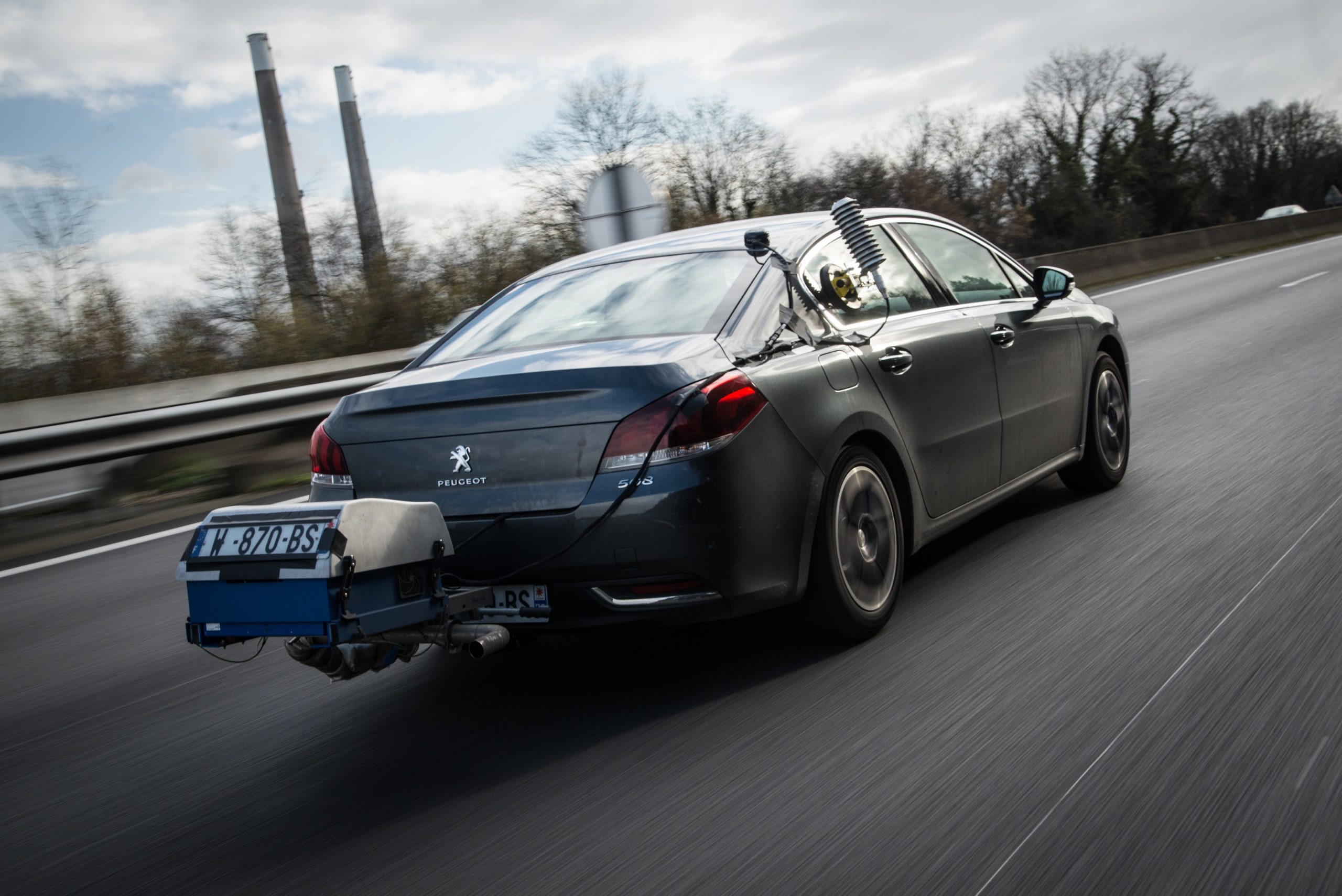In order to reduce urban air pollution, the EU has set limits for the maximum amount of pollution that can be emitted from vehicles. To be driven in the EU, vehicles must meet these standards. Vehicles are therefore tested in a laboratory and on the road before the car can be initially sold to ensure compliance.
The exposure of Dieselgate in 2015 accelerated the development and implementation of a new laboratory test procedure (called Worldwide Harmonised Light Vehicle Test Procedure or WLTP) and for the first time, a complementary on-road test called Real Driving Emissions or RDE, for which emissions are measured with an on-board Portable Emissions Measurement System (PEMS). As of September 2019, both of these tests are used for the approval of all new cars sold in the EU. This applies for all new vans a year later.
In the aftermath of Dieselgate, several national investigations showed that cars and vans emitted much more NOx emissions once driven on the road compared to the official limit. This gap was around 500% on average for Euro 6 diesel vehicles. The use of an on-road test that includes a broader range of driving and testing conditions, coupled with the very recent introduction of third party testing that will enter into force in September 2019 as well, should force car manufacturers to genuinely reduce pollutant emissions from vehicles in real-life conditions.
However, despite the latest Euro 6 NOx limit being set in 2007, car manufacturers are allowed to exceed it by 110% in on-road tests until the end of 2020, and by 43% afterwards. These ‘conformity factors’ may however be reviewed annually by the European Commission.
Current boundary limits for tests don’t capture all driving conditions possible and it is too soon to tell how carmakers will use these possible loopholes. Moreover, not all regulated pollutants are currently measured by PEMS and further pollutants may be regulated by the future Euro 7/VII standard, work on which has begun. Moreover, in-service conformity checks will be crucial to make sure vehicles respect emission limits over the whole duration of use.
